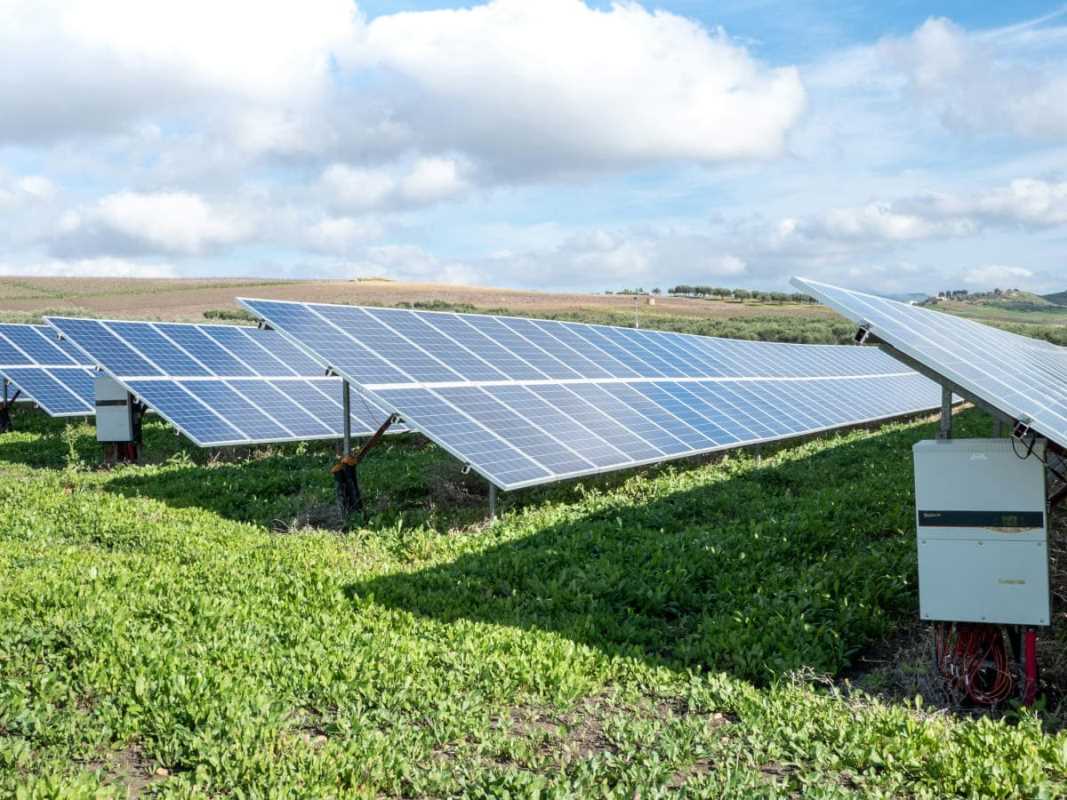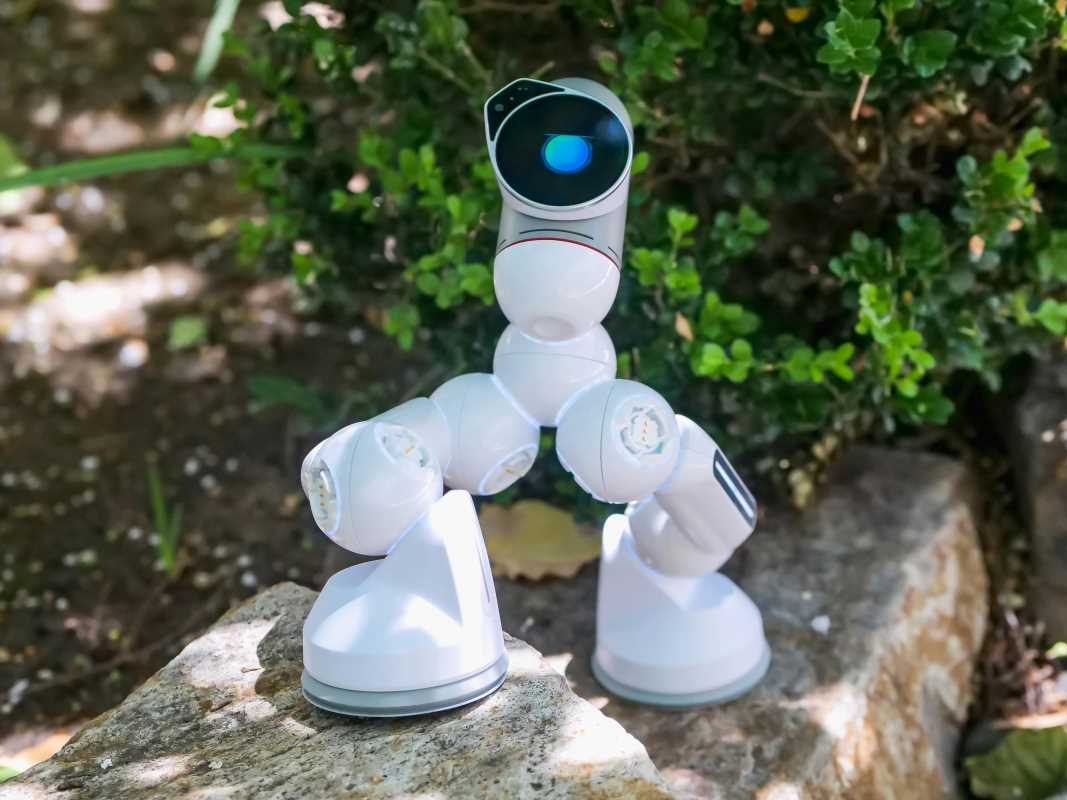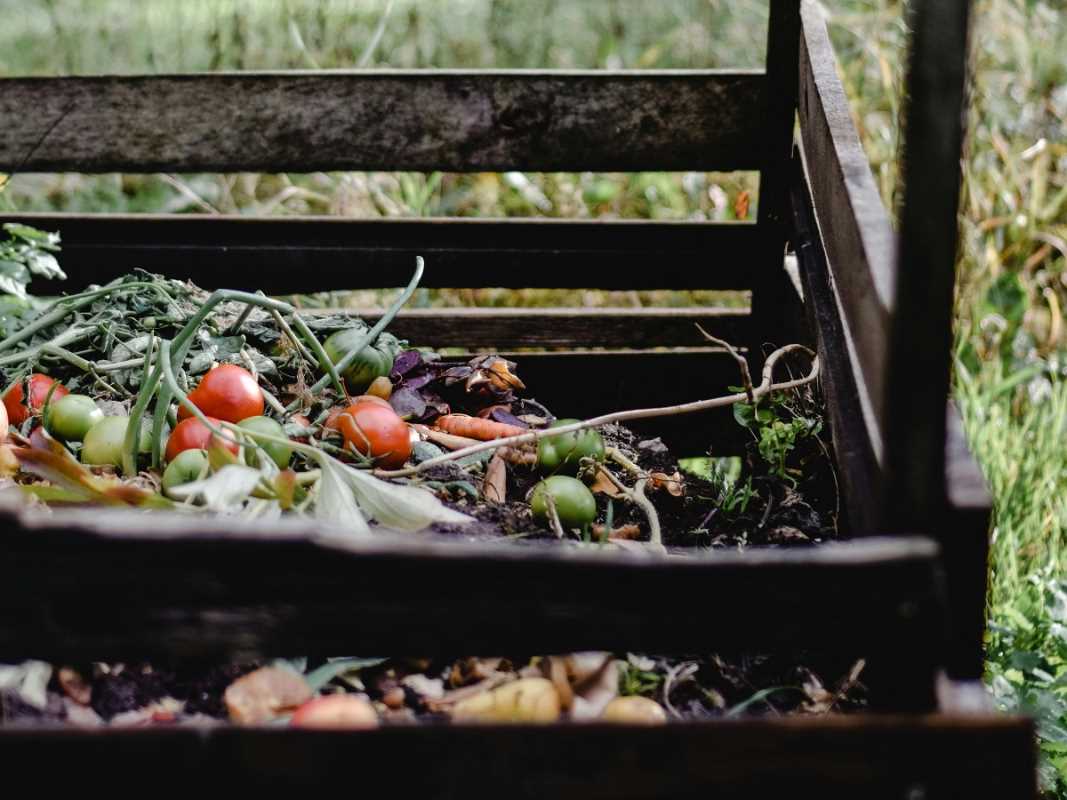Soft light spills across ground once thirsty for every drop. A well waited, unused during long, hot days, its pump silent except for the rare hum of a diesel engine and the wishes of those nearby. Then solar panels appeared, catching sunlight on the slope, connecting to a quiet motor, and sparking new life beneath the earth. Water started to move steadily upward, filling containers and quenching the land. The first rush of clear water hinted at a new beginning, promising change and relief with every drop that surfaced.
Hands once stained with oil now turn a simple tap. Crops draw crisp water without a fuel truck’s rumble. A shift has started—one that turns pure sunlight into steady flow. The horizon of remote growing has never looked so open.
Drawing Water from Sunshine
- Solar collectors on a tilt rack soak up peak rays for five hours daily, charging a 12V battery bank in under two days. Local midgrade panels cost around $0.70 per watt. This approach replaces noisy generators and taps direct energy, delivering a clean lift that peaks with no moving parts at dawn. Expect minimal shading losses if panels face true south; clear off dust biweekly as an insider tip to maintain full output.
- Direct-drive pumps use photovoltaic energy straight from panels, bypassing inverters to cut conversion losses. Install panels close to the motor to limit line loss under 2 percent. Step one: attach MC4 connectors. Step two: anchor the pump near water source. Step three: verify voltage matches pump specs. A 300W kit usually costs $200–250. For peak confidence, secure panels with corrosion-resistant brackets found at farm supply outlets.
- Float-switch integration halts pumping at high water levels, preventing dry-run damage. Connect the switch in series with the pump’s positive lead. Mount the switch affixed inside the well or reservoir. A small controller box runs about $40. Adjust the cable length so the switch sits a half foot below maximum fill. This simple control adds days of motor life for minimal wiring effort.
- MPPT charge controllers extract up to 30 percent more power than PWM alternatives. Wire panels in series to boost voltage into the MPPT input range. A reliable 20A MPPT controller runs $100–120. Installation involves grounding, positive and negative input, then load output. Tuck the controller in a weatherproof box and monitor LED status lights daily. This boost in efficiency pays for itself in increased pump run time.
Turning Panels into Pump Power
- Assess sun exposure: record four days of peak-sun hours using a handheld meter or smartphone app. Average out readings at the panel site between 10 AM and 2 PM. Choose a location with less than 10 percent daily shade.
- Select a pump capacity: match the pump’s maximum flow rate to orchard or pasture watering needs. Figure two gallons per plant per day for young trees, ten gallons for mature specimens. A 500–1,000 gallon per hour pump often fits mid-sized plots.
- Match voltage: ensure panels and pump share a common voltage, typically 12 or 24 volts. Measure open-circuit voltage under bright sun. Adjust panel count to hit pump specification without exceeding 30 percent above the rated voltage.
- Wire assembly: use UV-resistant cable rated for outdoor exposure. Crimp connectors with a proper tool, seal joints with heat-shrink tubing. Keep cable runs under 50 feet to avoid voltage loss greater than 3 percent.
- Grounding: connect system ground to earth rods for safety. Tie the negative lead of both pump and panel array to a copper-clad rod driven two feet into soil. This step prevents surges during storms.
Customizing Your Solar Setup
- Panel Orientation: Optimize sunlight capture by adjusting tilt angle with a simple hinge mount. Aim for an angle equal to site latitude minus 10 degrees in summer or plus 10 degrees in winter. Use two adjustable brackets per panel. Cost per hinge kit runs about $15. Insider tip: lock positions with stainless steel pins to prevent drift in high winds.
- Battery Buffer: Store surplus energy in a deep-cycle lead-acid unit to run pumps on cloudy days. Select a 12V 100Ah battery for mid-range demand. Wire through a charge controller set for AGM profile. Availability: agricultural suppliers and online distributors. Insider tip: float-charge the battery monthly to avoid sulfation.
- Pipe Routing: Minimize friction loss by selecting poly pipe with interior ribs under 0.02 roughness coefficient. Lay pipes in straight runs, secure with clips every two feet. A 100-foot roll of six-millimeter pipe costs around $50. Tip: bury lines six inches deep to prevent UV degradation.
- Pressure Regulation: Add a spring-loaded pressure relief valve set at 40 psi. Mount it downstream of the pump outlet. Valve bodies cost $25 to $35. This prevents overpressure damage when line blockages occur. Insider tip: test relief action by manually restricting flow during commissioning.
- Sensor Feedback: Integrate a low-cost flow sensor inline to track liters per minute. Choose a turbine style with pulse output. Wire pulses into a microcontroller or simple flow meter display. Installation takes under 20 minutes. Tip: calibrate the sensor against a bucket and stopwatch for accuracy.
Maintaining Flow Off the Grid
- Inspect panel surfaces monthly and rinse with low-pressure water to remove dust. Friction from wiper brushes can scratch glass, so avoid hard scrubbing. Perform visual checks for cracks or delamination.
- Check wiring for chafe. Look for nicks in insulation at mount points. Replace any run shorter than its rated lifespan—most cables expire after five years outdoors.
- Monitor battery voltage weekly. Draw a simple log. If voltage dips below 11.5V on a 12V battery, increase sun exposure hours or reduce pump usage until charge level returns.
- Lubricate pump bearings according to manufacturer recommendations—usually every 100 running hours. Use food-grade lubricant if water touches crops directly. Keep lubricant canisters sealed from dust during storage.
- Test float switch function by raising water level manually; the pump should shut off within two seconds. Swap in a spare switch if response lags to avoid run-dry damage.
Maximize Your Harvest Throughout the Year
Consistent access to water allows you to plan planting in spring and late fall. Scheduling irrigation during cooler mornings helps cut evaporation losses by up to 40 percent. Moving water delivery away from midday heat supports root growth and boosts drought resilience.
Short, frequent soak cycles encourage roots to grow deeper instead of staying shallow. This method promotes healthier forage grasses, cover crops, and young orchards. Using solar pumps combined with programmable controllers enables you to set precise watering schedules even when you're away.
Quiet operation, low fuel use, and precise water delivery make remote land more productive. Solar-powered flow helps landowners care for their property, even far from the power grid.







